Have you ever been in a debate about whether checkers and draughts are the same game? You’re not alone. This question has sparked conversations in game nights and online forums alike. To settle this once and for all, let’s dive into an insightful exploration of these two classic board games.
At first glance, checkers and draughts appear strikingly similar – both are played on a square board with 64 squares, involving pieces that move diagonally. However, they are not entirely the same. The differences lie in their rules, variations, and regional play styles.
Checkers and draughts are both classic board games that involve strategic gameplay on a checkered board.
They share many similarities in terms of the board layout and piece movements, which can lead to the confusion surrounding their identities.
Let’s take a closer look at the origins and history of these games to understand their unique characteristics.
Checkers, also known as American checkers or English draughts, traces its roots back to ancient times. It is believed to have originated in Egypt around 3000 BCE. The game’s simple yet engaging mechanics made it popular throughout history. Over time, checkers spread to different parts of the world, evolving and adapting to local cultures.
Draughts, on the other hand, has its origins in Europe. The game has been played for centuries, with early mentions dating back to the 12th century. Draughts became particularly popular in England, where it gained its unique set of rules and became known as English draughts.
Both checkers and draughts have evolved independently in different regions, leading to variations in rules and gameplay. While they share a common ancestry, the specific origins of each game differ. Checkers has a more ancient lineage, while draughts developed in
Europe and gained prominence in England.
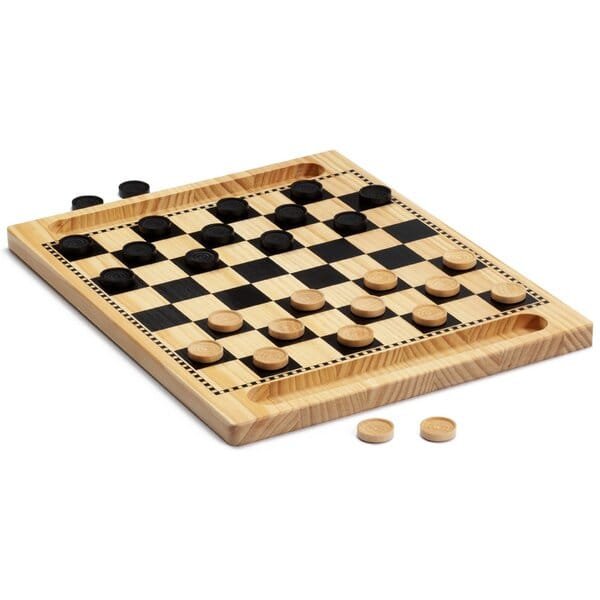
To understand whether checkers is the same as draughts, it’s crucial to examine their respective rules and gameplay mechanics. Let’s delve into the specifics of each game.
Checkers is played on an 8×8 checkered board with 64 squares of alternating colors. Each player starts with 12 pieces, usually represented by discs, placed on the dark squares of their side. The goal is to capture all of the opponent’s pieces or block them from making any legal moves. Players can move their pieces diagonally, capturing the opponent’s pieces by jumping over them.
Draughts is also played on an 8×8 checkered board, and each player starts with 12 pieces. The objective is similar to checkers, with players aiming to capture or immobilize the opponent’s pieces. The main difference lies in the capturing mechanism. In draughts, capturing is mandatory, and players can capture multiple pieces in a single turn if they line up their moves strategically.
While the basic mechanics of checkers and draughts are similar, the differences lie in the rules. Draughts has more stringent capturing rules, making it a more aggressive game. In checkers, capturing is not mandatory, allowing for more strategic options. The contrasting gameplay elements contribute to the distinct experiences offered by each game.
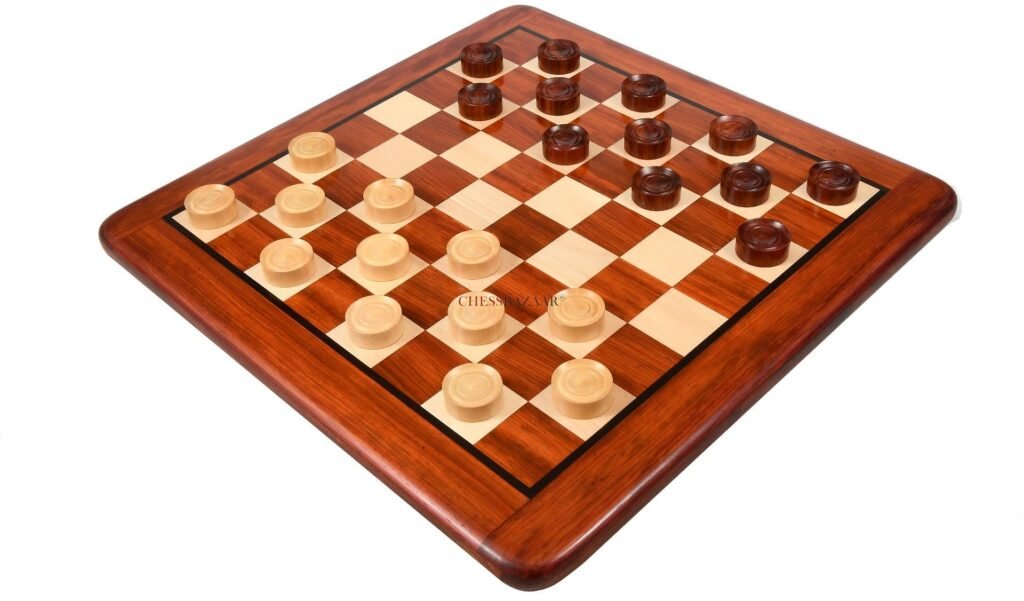
Both checkers and draughts have undergone various regional adaptations and rule variations. Let’s explore some popular variations of these games.
Checkers has numerous variations worldwide. Some notable ones include:
Draughts also has its share of regional variations, including:
The variations and regional differences add depth and diversity to the gameplay experience, keeping the games fresh and engaging for players worldwide.
While checkers and draughts share many similarities, several distinctions set them apart. Let’s highlight the key points of similarity and difference between these two games.
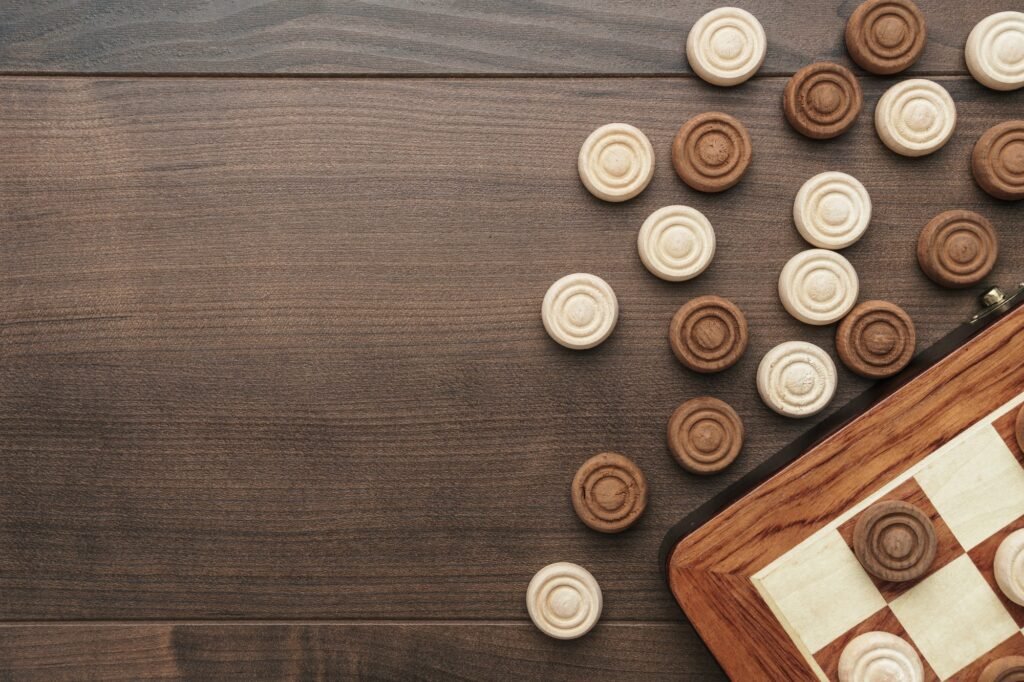
Throughout history, checkers and draughts have
made appearances in various forms of media, including literature, films, and even art. These games have also been instrumental in shaping cultural references and have become symbols of strategy and critical thinking.
Whether it’s the famous “Red Queen” character in Lewis Carroll’s “Through the Looking-Glass” or intense checkers matches depicted in movies, these games have captured the imaginations of people worldwide. Additionally, checkers and draughts have been used as metaphors in storytelling, symbolizing battles, and strategic moves in various contexts.
The enduring popularity of checkers and draughts in pop culture showcases their impact and enduring relevance in society.
Both checkers and draughts require strategic thinking and planning. Let’s explore some of the key strategic elements in each game.
In checkers, players often aim to create advantageous positions, control the center of the board, and create multiple opportunities for capturing their opponent’s pieces. Additionally, strategically positioning “crowned” pieces can provide valuable mobility and increase the chances of successful captures.
In draughts, players must carefully plan their moves to set up captures and maximize their opportunities. Positioning pieces in such a way that they form “stacks” or lines can help create powerful moves that capture multiple opponent pieces in a single turn.
Both games require players to anticipate their opponent’s moves, think several steps ahead, and adapt their strategies based on the evolving board positions.
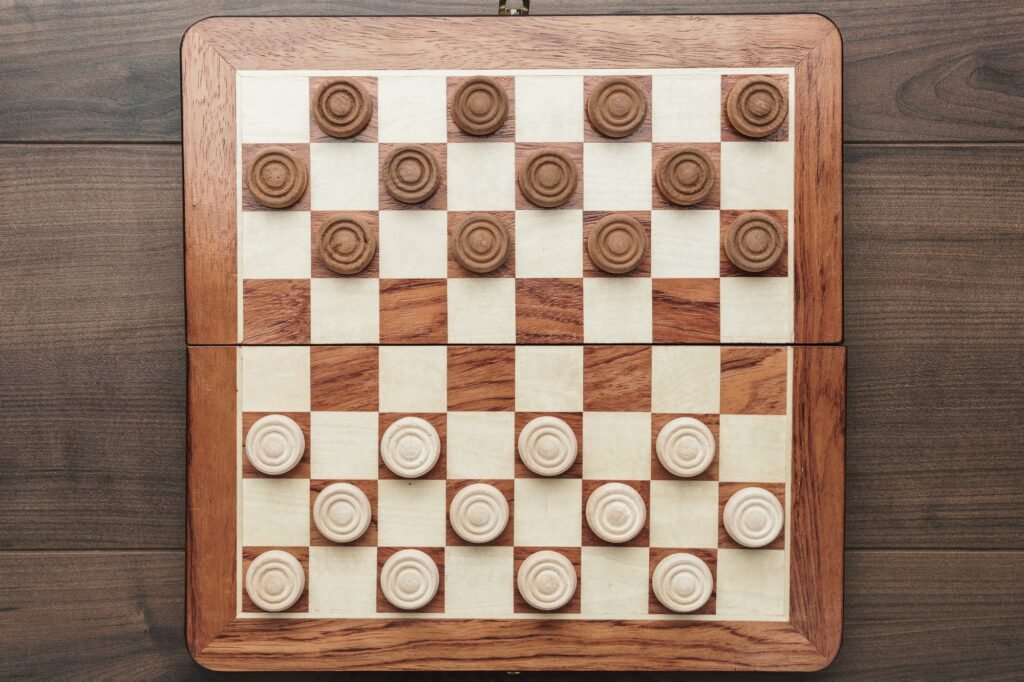
Engaging in regular checkers or draughts games offers numerous benefits that extend beyond pure entertainment. Let’s explore some of the advantages of playing these games.
It’s worth noting that the terminology used to refer to these games differs based on regional variations of English.
In American English, “checkers” is the commonly used term for the game, while in British English, it is referred to as “draughts.” The rules and gameplay remain essentially the same, but the terminology varies.
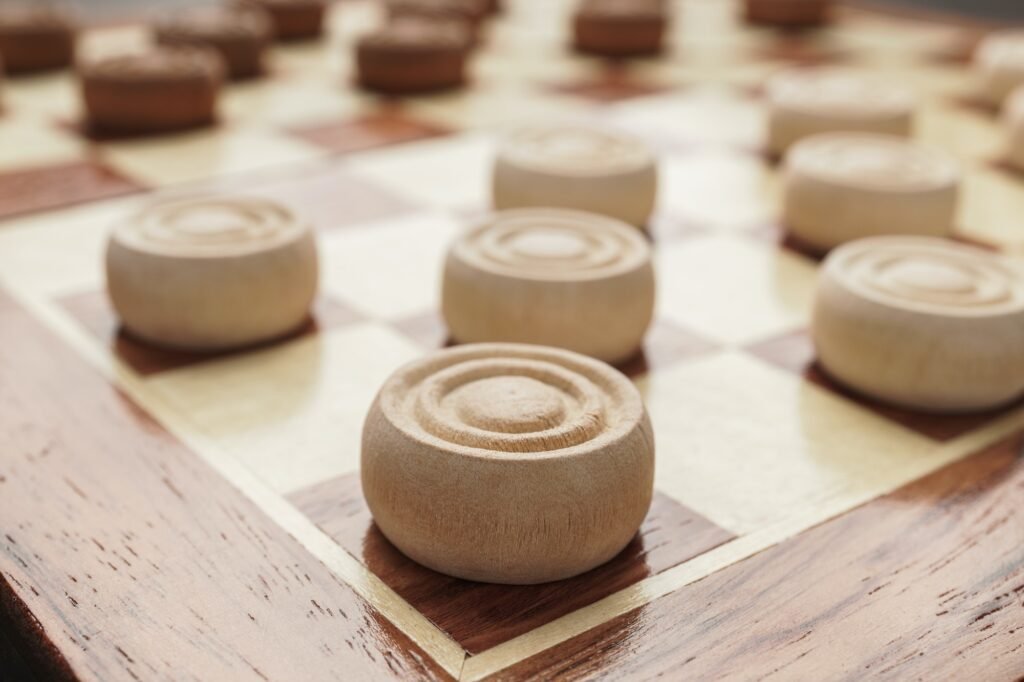
In conclusion, while checkers and draughts share common features, they are not exactly the same game.
They both involve strategic moves on an 8×8 checkered board, but differences in rules, capturing mechanics, and terminology set them apart.
Contact Kangjie today to embark on a partnership that will enhance your wooden garden game for generations to come.
Get a free copy of our catalog
Trust our wooden garden game experts to deliver premium quality and unbeatable value, on-time and on-budget.
kangjiegardengame.com
Typically replies within minutes
How Can We Assist You Today?
WhatsApp Us
🟢 Online | Privacy policy
WhatsApp us
Contact us directly for the best deals on source factories!
Get notified about new products
Custom garden games available—our expert design team brings innovative ideas to life.